Is your skillet looking a bit crusty? Maybe some of the seasoning is starting to come off. Perhaps food is sticking to the pan? It could be time to strip your cast iron skillet and re-season it. The good news is that oven cleaner isn’t necessary.
With care, your skillet should last more than a lifetime. Possibly even several. Occasionally you need to hit the reset button. There are several options available to get you started with a clean slate.
A lot of people say that using oven cleaner such as ‘easy-off’ is the best way to strip a skillet. But of course, with that option, there are some nasty chemicals involved which we don’t want to risk getting on our skin or inhaling. I always prefer a non-chemical and natural approach to cleaning which is what I will be talking about today.
If you don’t wish to use oven cleaner to strip your cast iron skillet use a self-cleaning oven instead or put your pan in a firepit or a wood burner. Another popular option is to use electrolysis to remove burned-on food and rust.
Heads up: I sometimes use affiliate links. When you click these links and make a purchase, I may get a small commission. It won’t cost you anything but it helps me to run this site.
How to strip cast iron without oven cleaner
If your cast-iron skillet has black residue all over it, stripping is your answer. However, if it is just the base that you need to clean, here is a useful post for cleaning the bottom of a skillet.
Here are three natural methods for cleaning your cast iron skillet ranging from the most convenient to a little more involved.
Option 1 – Strip your cast iron skillet in a self-cleaning oven
If your skillet has seen ordinary usage then using the self-cleaning oven method is going to be the best for you, provided of course that you have this option on your oven.
I wouldn’t advise using this method if your pan is very crusty and rusty. You will create a lot of fumes in your kitchen. If you need to restore a very old skillet, check out options 2 and 3 instead. Before you do though, don’t waste your time, check whether your skillet is salvageable first.
The great thing about using your oven to strip your skillet is that you can kill two birds with one stone, in that you can clean the inside of your oven at the same time.
When I talk about self-cleaning I mean the type of oven that heats up to extremely high heat so that burned on food turns to ash. I’m not talking about the ovens that have self-cleaning panels on the insides. These types of ovens are designed to keep clean at all times and don’t have a special cleaning cycle other than using the highest heat possible.
Here’s how to use the self-cleaning cycle on your oven to clean your cast iron pan or skillet:
Before you start, check over the pan. Make sure your cast iron skillet has no cracks or holes and the base is even. If your pan has any of these problems then I’m afraid you will have to throw your cast iron skillet away or recycle it because it is pretty much useless for cooking.
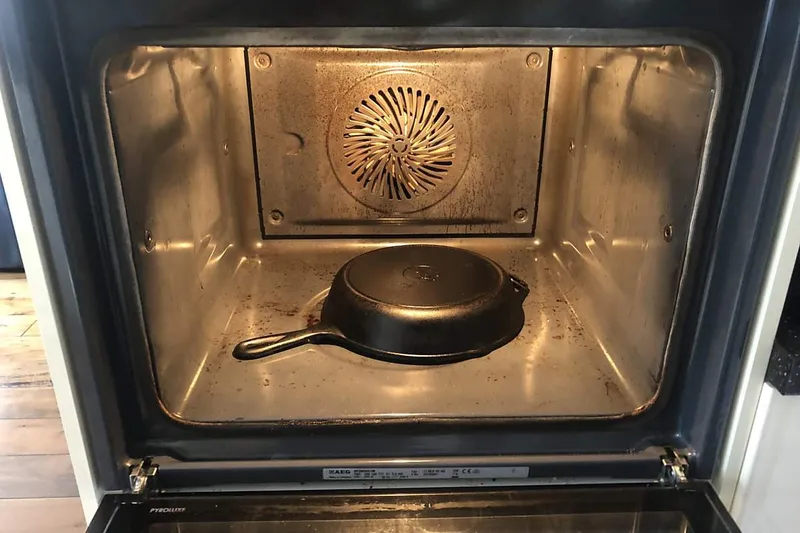
Cast iron skillet in the oven ready for the self-cleaning cycle
Here’s how to strip a cast-iron skillet in your oven:
- Choose a day when you can ventilate your kitchen as much as possible. I like to choose a warm day when I can open all the windows because the cleaning process tends to produce smoke that I don’t want to inhale too much of.
- Wash your skillet as you normally would. Make sure there is no food debris on it. You might need to use some wire wool to remove any crustiness on the surface.
- Prepare your oven for the self-cleaning cycle. Check the manufacturer’s directions. For my oven, I need to take out all the racks.
- Place the skillet inside the oven. I like to put mine upside down because I can’t use oven racks during the cleaning cycle. That way the least amount of metal is touching the base of the oven.
- Set the cycle to ‘self-clean’.
- Let the cycle finish.
- At the end of the cycle allow the skillet to cool.
- Wipe out the ash from the oven and your skillet.
Your cast-iron skillet is now stripped and ready for seasoning. Seasoning is where you apply oil to the pan and then bake it. This makes the pan non-stick and protects it from rust.
You can use your skillet in a non-seasoned state, but if you do you will find that food will stick to it and burn and it will be hard to clean. Plus, it is far more likely to rust.
Option 2 – Strip your cast iron skillet using a fire pit or wood burner
If you don’t have a self-cleaning oven or you prefer not to stink out your house with the fumes, the next best option for cleaning your skillet without a self-cleaning oven is to make a fire pit in your garden.
- Build a campfire in your garden, either with wood or coal.
- When the flames have calmed down, bury your cast iron pan in the ash.
- Leave it to ‘cook’ overnight.
- The next day, remove the pan from the ash.
- Wash the pan with hot soapy water and if necessary scrub it with some wire wool to remove any remaining carbon.
Option 3 – Strip your cast iron skillet using electrolysis
Did you know there is another way to strip your cast iron skillet using electrolysis? If you have a badly crusted and rusty skillet this is going to be the best method for you.
Cleaning your skillet with electrolysis is actually easier than you think. There are two key items that you need to do this, a large tub, and a car battery with some jump leads. You also need a piece of scrap metal that will attract the debris during the electrolysis process.
Here’s how to clean your cast iron skillet using electrolysis:
- Add 10 gallons of water to a large tub.
- Add 10 tablespoons of washing soda crystals and mix it in.
- Find an old piece of scrap metal to use as an anode. This will attract rust from the pan.
- Submerge the pan in the tub.
- Hook the negative clip from a battery charger to the pan and the positive clip to the scrap metal.
- Turn on the power and let it work for 12-24 hours.
- Remove the pan and the rust should easily rub off.
- Repeat if necessary.
You may also like:
How to season a cast iron skillet
Once your cast iron skillet has been stripped you will want to season it as soon as possible to avoid rust and to ensure that you can cook with it without your food burning and sticking.
Fortunately, it is very easy to season a cast-iron skillet, and once you do that it will be super easy to cook with.
Use these simple steps to season your skillet and repeat them up to four times.
- Warm your skillet.
- Wipe lard, coconut oil, flaxseed oil, sunflower oil or vegetable oil onto all parts of the pan including the handles and the base.
- Take a clean kitchen towel and wipe the excess oil off.
- Bake at 375f or 190c for 30 minutes.
- Remove from the oven. Rewipe the skillet with kitchen paper to remove carbon. Use oven gloves to avoid burning your hands.
- Repeat the above steps up to four times or until no black carbon is on your kitchen towel when you wipe it in step 5.
Avoid using butter or olive oil for seasoning your skillet.
At the end of the process, your skillet will be black and shiny and ready for use.
Frequently asked questions
Will vinegar remove the seasoning from cast iron?
If you are wondering if vinegar will strip your cast iron skillet then it is true that you should be careful. This is because vinegar is acidic and will react with the iron causing damage in the form of pitting. Never leave your skillet to soak for too long in a vinegar solution.
Vinegar may well remove the seasoning too, but if that is your goal there are better methods where you don’t risk damage to the iron, such as oven cleaner or lye solution, cooking in your self-cleaning oven or using a fire pit.
How can I remove paint from a cast iron skillet?
If your cast iron skillet has paint on it then it shouldn’t be used for cooking until you remove it. Fortunately, you can do this easily by burning it in a fire, allowing it to cool and then sanding it down with wire wool. After that, wash it with vinegar and water and season it. Your pan can then be used for cooking as normal.

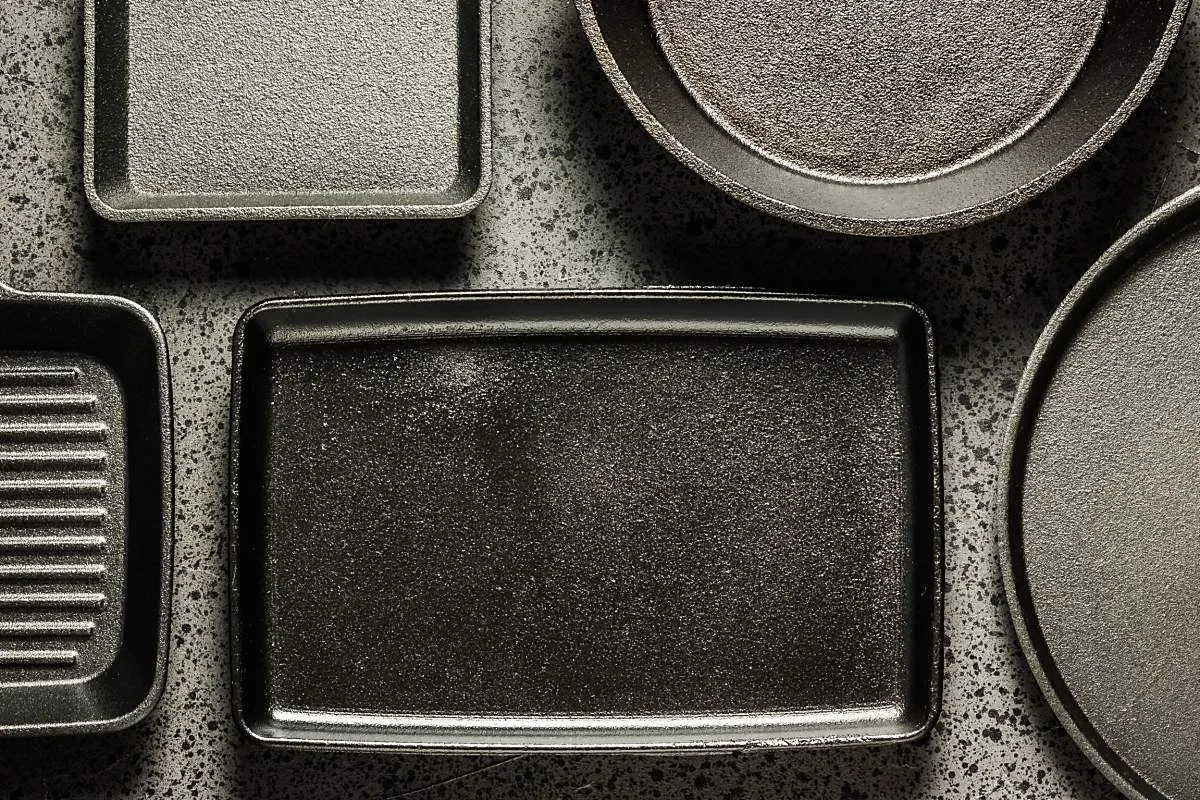

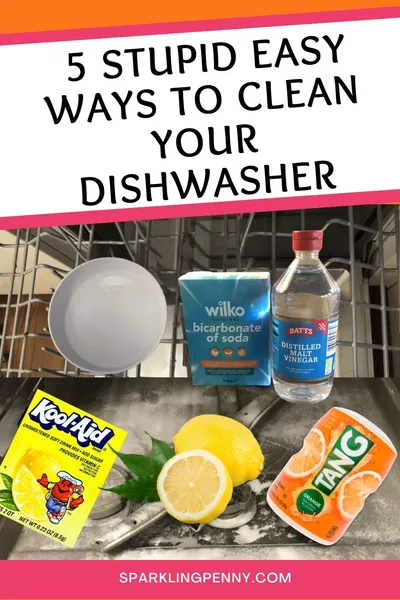
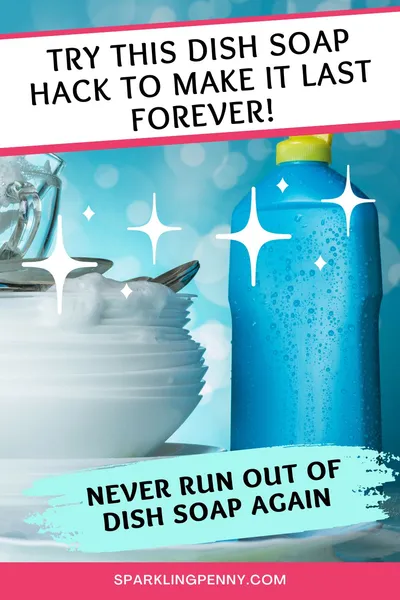
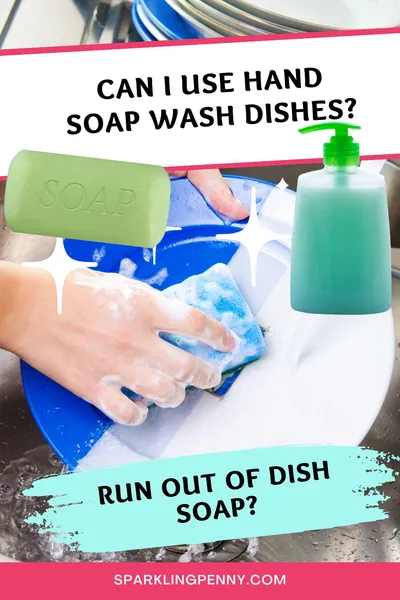
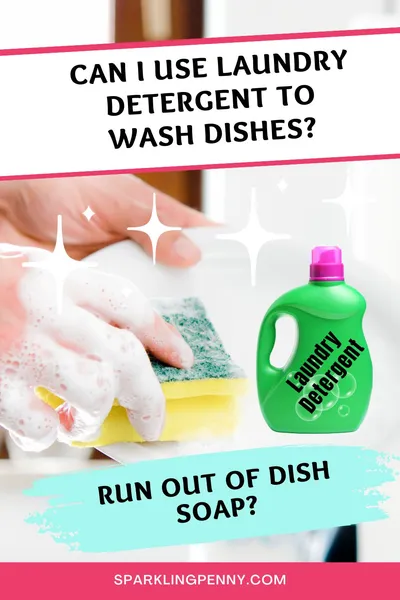
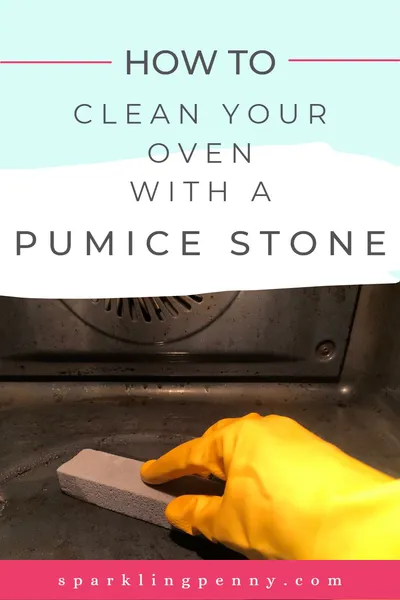

Share your thoughts
Your email address will not be published. Required fields are marked *